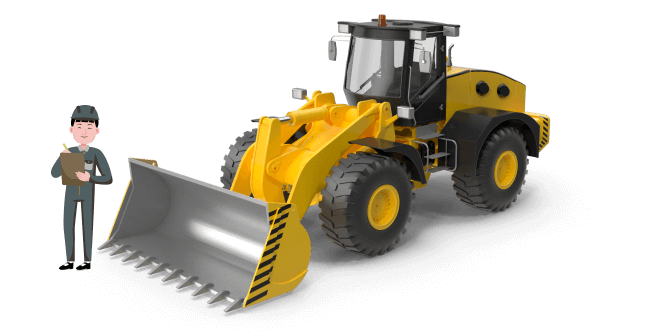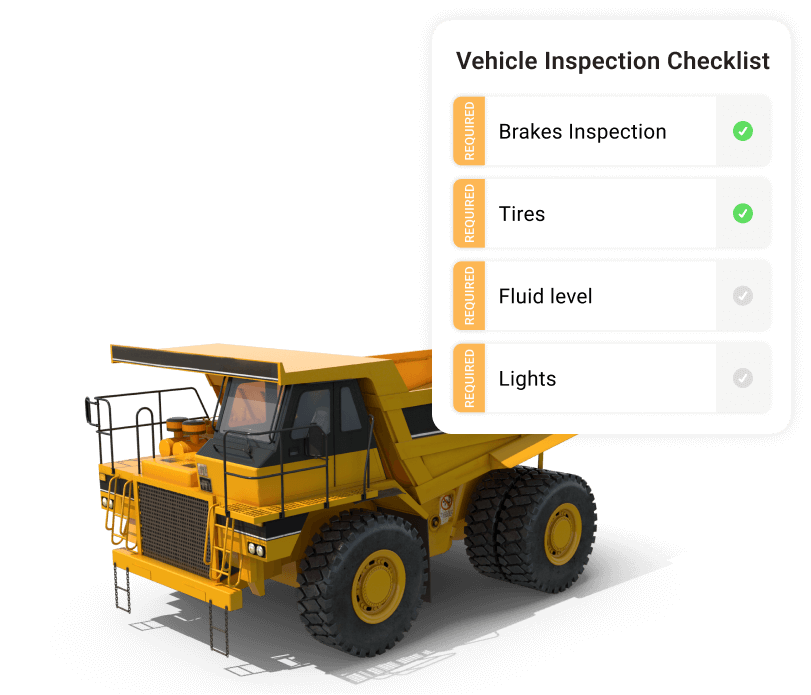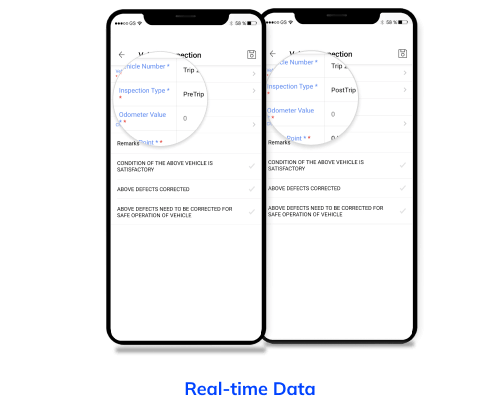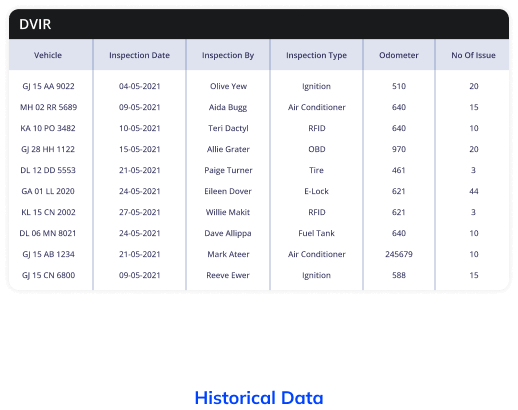Construction companies use a variety of vehicles, such as dump trucks, excavators, cranes, and bulldozers, to transport materials, equipment, and personnel to job sites. These vehicles must be inspected regularly to ensure that they are in good working condition and safe to operate.
Introduction
Challenges
Manual Inspection Logs: Operators conduct paper-based inspections, which are time-consuming, prone to errors, and can lead to missing or illegible reports.
Inconsistent Checks: Without standardized checklists, inspections vary in thoroughness and may miss critical safety and maintenance items.
Limited Visibility: Management lacks real-time visibility into the condition of each piece of equipment, making it difficult to schedule maintenance proactively.
Downtime Costs: Unscheduled downtime due to breakdowns results in project delays and financial losses.
Equipment Performance: The lack of regular inspections and maintenance affects the performance and efficiency of equipment, potentially leading to subpar work quality.
Challenges

Solution
The construction company adopts fleet management software with a vehicle inspection module:
Digital Inspections: Operators use a mobile app integrated with the software to conduct digital inspections. The app provides standardized checklists tailored to each type of equipment.
Real-time Reporting: Inspection reports, including photos of identified issues, are submitted in real-time. Maintenance teams receive instant notifications for critical issues.
Scheduled Inspections: Develop a maintenance schedule for each piece of equipment, including regular inspections based on operating hours, usage, or manufacturer recommendations.
Historical Records: The software archives all inspection reports and maintenance records, making them easily accessible for audits and performance analysis.

Results
Improved Safety: Digital inspections helped identify potential safety hazards, defects, or damages in construction fleets. This allowed for timely repairs, reducing the risk of accidents, injuries, and equipment failures on construction sites.
Enhanced Compliance: The software assisted in meeting regulatory compliance requirements. It ensured that inspections were conducted in accordance with industry standards and regulations. Accurate documentation and standardized reporting help construction companies demonstrate their commitment to safety and regulatory compliance.
Let’s Move Forward, Together
Share your details and we’ll guide you from here.



